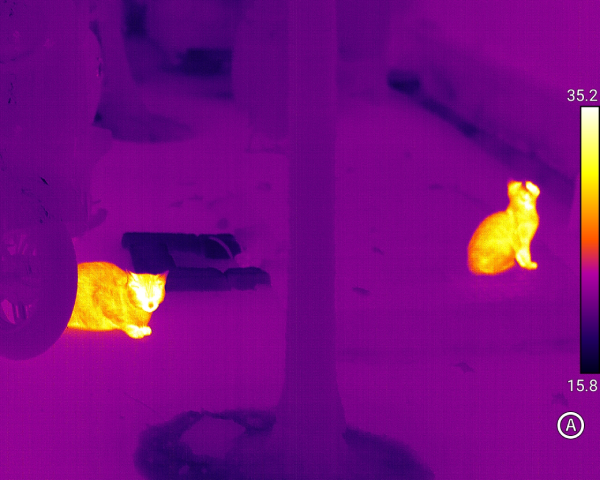Infrared thermal imaging technology is widely used across various industries, including security, medical diagnostics, industrial inspections, and research. One crucial specification that significantly impacts the performance of thermal imaging systems is the frame rate. In this article, we will delve into what frame rate means in infrared thermal imaging, its importance, and key factors to consider when choosing a thermal imaging camera.

What is Frame Rate in Infrared Thermal Imaging?
Frame rate, measured in Hertz (Hz), refers to the number of frames or images a thermal camera captures per second. Common frame rates for infrared cameras include 9Hz, 30Hz, and 60Hz, although some specialized cameras may offer even higher rates.
Low vs. High Frame Rate
9Hz Infrared Cameras: These cameras capture 9 frames per second and are commonly used for applications where slow-moving or static objects are monitored. They are often more affordable and may have fewer export restrictions.
30Hz and 60Hz Infrared Cameras: These provide smoother and more fluid imaging, making them ideal for dynamic environments where objects are in motion, such as in drone-based thermal inspections or medical imaging.
Why is Frame Rate Important?
The frame rate of an infrared camera impacts various aspects of its performance, including:
1. Motion Capture and Tracking
A higher frame rate enables better detection and tracking of fast-moving objects. In industries like defense, search and rescue, and sports analytics, high frame rate cameras are essential for capturing real-time thermal signatures accurately.
2. Image Clarity and Reduced Motion Blur
A lower frame rate may result in motion blur when tracking moving objects. A 30Hz or 60Hz camera can provide clearer images, making it easier to analyze thermal patterns without distortion.
3. Real-Time Processing and Analysis
Applications such as predictive maintenance in industrial settings or medical diagnostics benefit from high frame rate cameras, as they provide real-time feedback and quicker data processing.
Factors to Consider When Choosing a Frame Rate
When selecting an infrared camera, consider the following factors:
Application Needs: For stationary object monitoring, a 9Hz camera may be sufficient. For high-speed motion analysis, a 30Hz or 60Hz camera is recommended.
Regulatory Restrictions: Some countries impose export controls on high-frame-rate infrared cameras (above 9Hz), so be sure to check legal considerations before purchasing.
Budget Constraints: Higher frame rate cameras tend to be more expensive. Determine the balance between cost and required performance for your specific use case.
Processing Power and Storage: High frame rate cameras generate more data, requiring powerful processing units and adequate storage solutions to handle the increased information flow efficiently.
Frame rate is a vital parameter in infrared thermal imaging that influences motion tracking, image clarity, and real-time analysis. Whether you require a 9Hz camera for basic monitoring or a 60Hz camera for high-speed applications, understanding the importance of frame rate will help you make an informed decision when selecting the right thermal imaging solution.









